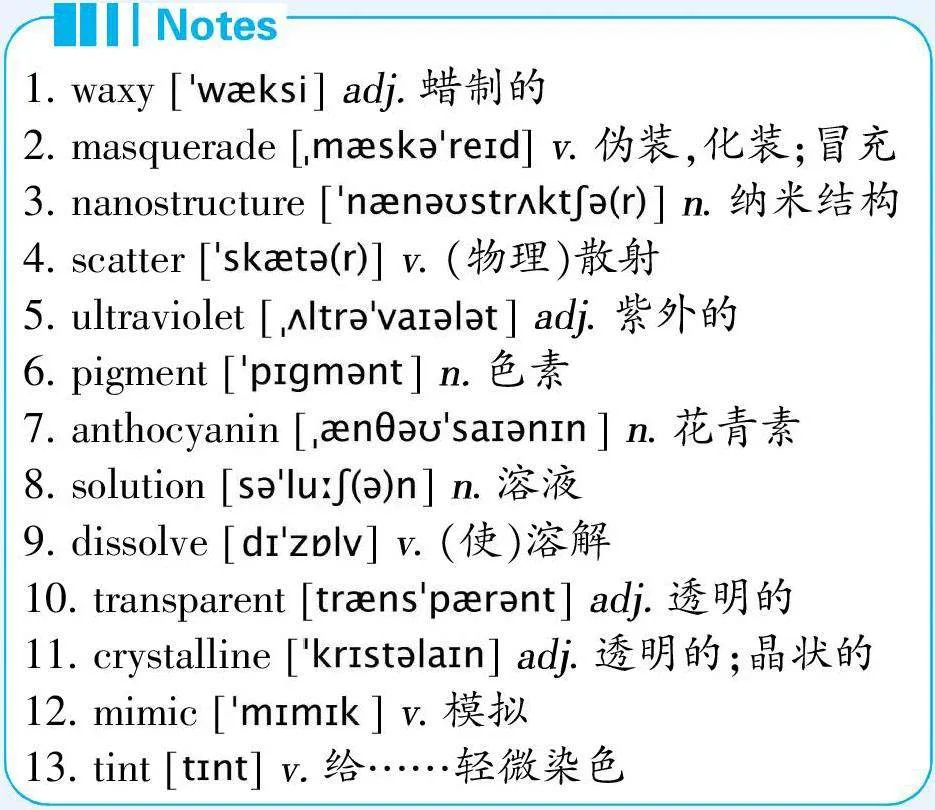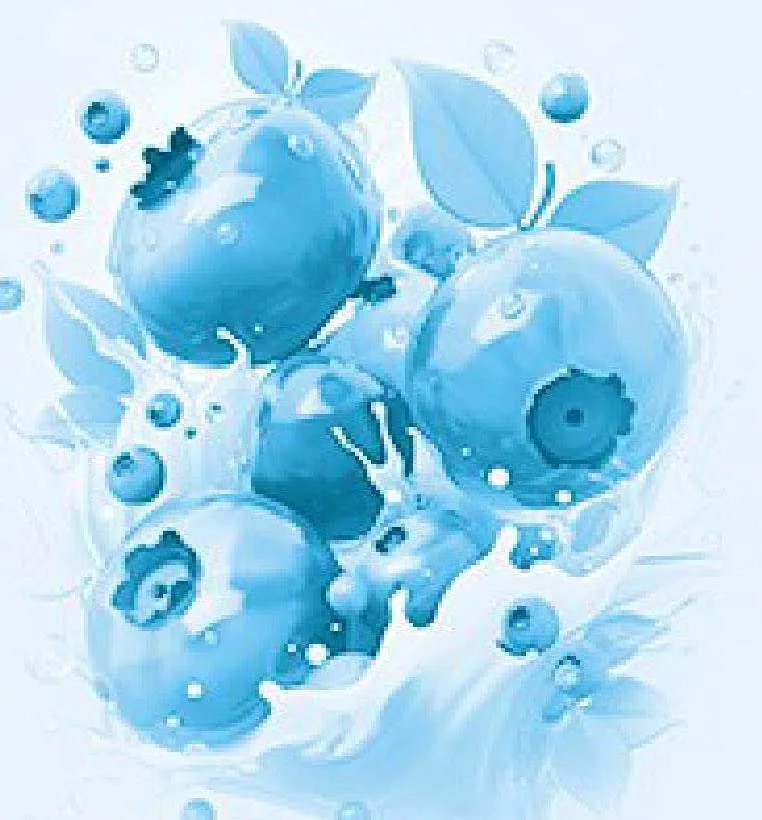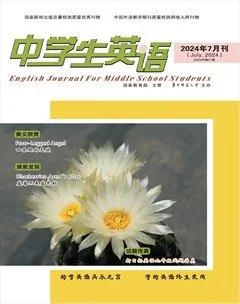Blueberries Aren爷t Blue蓝莓不是蓝色的


Roses are red and blueberries look blue. But the berry’s color is not reallytrue. The fruit’s waxy1 coat just masquerades2 as blue.
玫瑰是红色的,蓝莓看起来是蓝色的。但蓝莓的颜色并不是真的。这种水果的蜡质外皮只是伪装成蓝色。
A waxy covering coats some blue-colored fruits—such as blueberries, darkgrapes and certain plums. This wax contains a host of tiny structures, each lessthan a thousandth the thickness of a piece of paper. Such nanostructures3 scatter4blue and ultraviolet5 (UV) light. To our eyes, that makes these fruits look blue.Birds—which can see UV light—probably see such delicious snacks.
一些蓝色的水果,如蓝莓、深色的葡萄和某些李子,上面覆盖着一层蜡质的覆盖物。这层蜡质含有许多微小的结构,每个的厚度都不到一张纸的千分之一。这样的纳米结构散射蓝光和紫外光。这使这些水果在我们看来是蓝色的。鸟类能看到紫外光,可能会看到这样美味的零食。
Blue is not a common color in nature. While some fruits do appear blue, fewcontain pigments6 in that color. Blueberries, for example, contain a great amountof anthocyanin7. That skin pigment should leave each fruit a dark red.
蓝色在自然界中并不常见。虽然有些水果看起来确实呈现蓝色,但很少有水果含有这种颜色的色素。例如,蓝莓含有大量的花青素。这种表皮色素会使每颗果子变成暗红色。
But if you rub off the outer layer of wax, a blueberry no longer looks blue.Instead, it’s completely dark.
但如果你擦掉外层的蜡,蓝莓看起来就不再是蓝色的了。相反,它是完全黑色的。
A research team managed to re-create this effect in the lab. They placed waxfrom Oregon grapes in a solution8. The wax dissolved9 and turned transparent10.After being spread on a card, the wax dried into a crystalline11 material. As acrystal, the waxy layer again appeared blue.
一个研究团队设法在实验室中重新创造了这种效果。他们将俄勒冈葡萄的蜡质放入一种溶液中。蜡溶解了,变成了透明的。将蜡涂在卡片上后,蜡质干燥成了结晶状材料。作为一种晶体,蜡质层再次呈现了蓝色。
Creating materials that mimic12 a blueberry’s coating might be useful. Thiskind of coloring is cool because it doesn’t stain. It could provide a new way to tint13plastics or makeup blue.
创造模拟蓝莓蜡质层的材料可能会很有用。这种颜色很酷,因为它不会染色。它可以提供一种将塑料或化妆品染成蓝色的新方法。(英语原文选自:snexplores.org)

